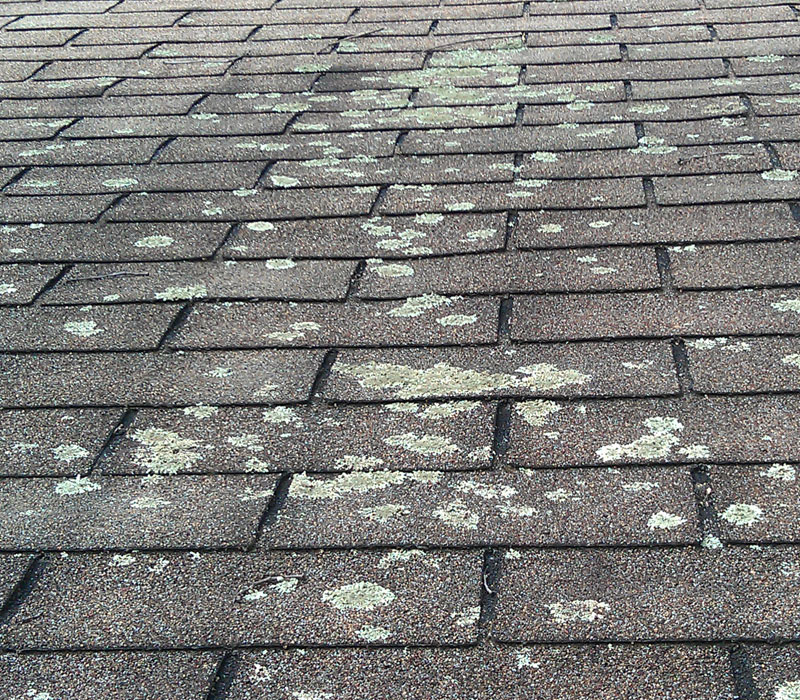It appears it relies heavily on weathering to work.
What causes lichen on roof tiles.
Homes that have metal at the very tops of their roofs seem to suffer less from lichens and the main reason for this is that the metallic composition when mixed with rainwater seems to cause a chemical reaction that damages the lichens and cleans the roof.
I experimented with roundup on one small area that was the worst of the roof about 12 months ago.
The one thing that will kill lichen is atmospheric air pollution.
Roundup is certainly a lot cheaper.
I noticed bits of moss and lichen around on the ground which have come off the roof.
These can find their way under your tiles or tiles and force them to warp shift or crack.
90 of the mould lichen has come off.
The presence or absence of much sunlight on a roof surface is often a determining factor in the amount of moss or lichens growth more sun less moss and lichens.
When leaves and other material collect on your roof a perfect bed is formed for moss and lichens to grow.
Moss itself is a plant while lichen conisist of a fungus and a photosyntheizing plant living together.
Unfortunately copper and zinc dripping from your roof is bad for the environment.
Likewise moisture that is held by lichen or moss can freeze in cold weather and cause cracks in your roofing much like potholes that form in roads.
Lichen are sutborn and are very diffcult to remove unlike the roof algae roof lichen are persistent and deeply adhered to the roof.
Causes of moss or lichens growth on roofs moss growing on any roof surface will be more severe on roof sections that area shaded and exposed to periodically damp cool weather conditions.
When rainwater moistens the strips a tiny amount of metal will run down on your roof preventing the lichen from grabbing hold.
You can remove moss and lichens from your roof by using vinegar as a environmentally friendly weedkiller.
To remove lichen and moss from the roof try the least toxic method for moss and lichen removal first oxygen bleach.
Lichen can survive the very harshest of climatic conditions and is rarely killed by long drought conditions.
The runoff will find its way into streams and ponds where it is toxic to fish and other wildlife.
Roof lichen are symbiotic organism where fungus and algae live in a dependent relationship unfortunately their relationship can cause real damage to your roof.
There are approximately 15 000 species of lichen but the one that is most common on roofs is ascomycetes foliose.
Some homeowners attempt to use harsh acids or cleaning chemicals to remove the lichen but even if these due end up killing the lichen the organism still remains deeply adhered to your roof.
Because moss is a thicker growth on roof surfaces we suspect that its ability to hold water and moisture on the roof surface is greater than that of lichens.
Moss grows something known as rhizoids which basically act as roots.
Metal or copper stripes around the top of your roof can help to kill off and prevent lichen from returning.

